
OR
2021 national census to cost Rs 5b; 2.3 times more than previous one
Published On: October 21, 2019 11:36 AM NPT By: SHREE RAM SUBEDI
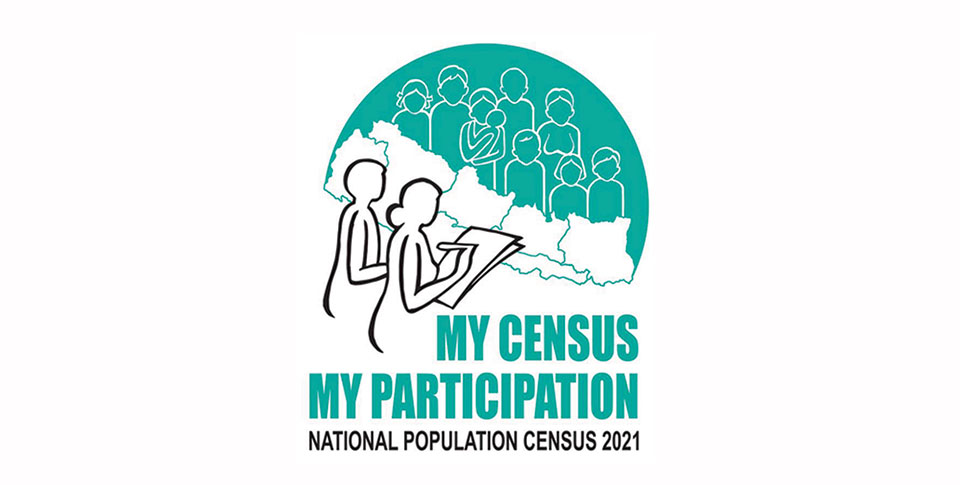
KATHMANDU, Oct 21: In its attempt to make the 2021 national population census more scientific and accurate, the Central Bureau of Statistics (CBS) will not be using the sampling method. Instead, the enumerators will be visiting all households across the country to collect census data. As a result, the census will be much costlier than the previous ones due to a huge manpower requirement.
The sampling methodology was introduced in the national census since 2001 to record statistics on migration, fertility, economic activities, and age of marriage among other things. A separate form, Lagat 2, was used to collect this information from one per eight households (HHs) or 12 percent of the total households. Another set of forms, Lagat 1, was used to collect the basic information – ethnicity, marital status, sex, religion, disability and citizenship. “The major change in the 12th edition of the census will be the absence of the sampling method,” Dhundi Raj Lamichhane, director, population section at the Central Bureau of Statistics (CBS) told Republica on Sunday. According to the CBS, earlier the census employed sampling techniques to collect information on specific topics and cut costs. Both the census and sampling method were used in the last two census.
However, the 2021 census, the first in federal Nepal, demands disaggregated and more authentic information related to every local government, Lamichhane explained. “Now that our enumerators will be visiting all households across the country, the new census will be more authentic and scientific than previous censuses,” he said.
The CBS will deploy 54,413 staffers including 43,000 enumerators who will conclude the survey in 15 days in June 2021. In the census of 2011, a total of 40,000 staffers had been deployed.
In terms of cost, the new census will cost Rs 5 billion – a whopping increase of 233 percent compared the 2011 census. The 2011 census cost just 1.5 billion. The increase, according to the CBS, is due to the changes in the methodology and deployment of a large number of employees.
“Around 70 percent of the cost of the census would be spent on paying the salaries and perks to the census staffers,” Lamichhane said, adding “We need a huge manpower to reach out to an estimated 7 million households across the country,” Lamichanne added.
Unlike the previous censuses that used schoolteachers as enumerators, the CBS plans to hire a total of 43,000 employees on contract through open competition.
Schoolteachers will not be used this time so as not to affect the school calendar, according to the CBS.
Another major difference this time is that the CBS will be processing the census data on its own. In the previous censuses the CBS would contract out the data processing work.
The National Census Implementation and Management Order-2076 BS, endorsed by the cabinet, specifically states that the CBS itself should process the census data. “Since we ourselves will be processing the data this time, this will save both time and money,”argued Lamichhane.
For the first time, the CBS is seeking cooperation from every other stakeholders including all the governments, non-governmental organizations and the private sector, to implement the mammoth exercise.
The preliminary results of the census would come in two months after the survey while the detailed results will be published after nine months, according to the CBS. For the first time, the census is utilizing tablet computers to collect information in a few districts.
Periodic censuses is a requirement of the Constitution of Nepal 2015, which states that a national census should be conducted every ten years as the information is crucial for developing the national development plans.
Nepal has been conducting population censuses since 1911. The first four censuses were conducted under the Rana regime and were limited to specific purposes. In 1952-54, first attempt was made to collect internationally comparable data from the census. And computers were used in the census for the first time in 1971. The 1991 census, the first after the restoration of democracy, collected information on caste and ethnicity.
According to the population monograph of Nepal (2014), the total population of Nepal, as of 22 June 2011, was 26.5 million with a decadal increase of 14.4% from 2001. The population a decade ago, or in 2001, was 23.2 million. The average annual growth rate of the population from 2001 to 2011 was 1.35%, a sharp decline from 2.25% of the previous decade 1991-2001. According to the 2011 census, the number of households stood at 5.4 million.
Third sex dilemma
The CBS is still undecided over whether to include the information on the third sex in the 2021 census. CBS officials argued that their numbers could be far less than the estimated so the census may not need a separate questionnaire on them. However, the CBS is holding a meeting with the LGBT community on Monday to discuss the issue. The constitution recognizes LGBT rights as fundamental rights.
Logo and Slogan Launched
Meanwhile, the CBS has launched a logo and slogan for the 2021 census on Sunday, which is “My Census My Participation”. Addressing the logo launch function in Kathmandu, CBS Director General Nebin Lal Shrestha said that a three-month pilot census will be conducted on February 15-28 in 14 districts covering 11,610 households.
A 12-member national census coordination committee has been constituted with NPC member Dr Ram Kumar Phuyal as chairman. The other members include secretaries from each province, joint secretaries of related ministries, and chairpersons of the District Coordination Committee, municipalities and rural municipalities concerned. The deputy director general of the CBS has been named member-secretary of the committee.
You May Like This
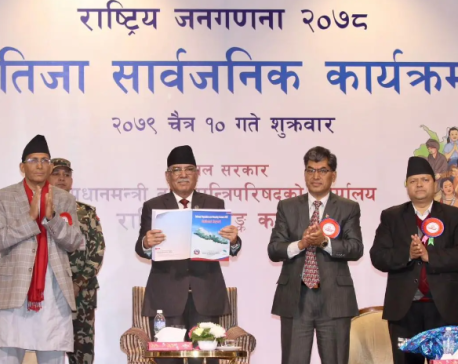
Nepal's population is now 29,164,578
KATHMANDU, March 24: The population of Nepal has reached 29.16 million. ... Read More...

'Include disabled people in upcoming census'
KATHMANDU, Sep 29: Stating that they have been largely excluded by the census, the disabled people of Nepal have demanded... Read More...
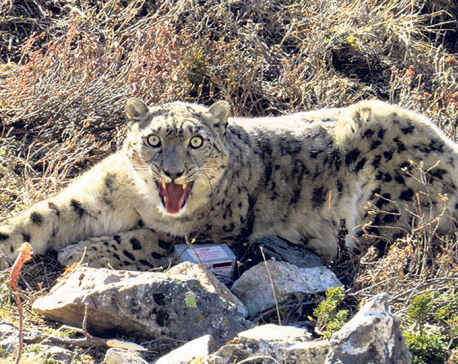
Census of snow leopards begins in Dolpa
DOLPA, May 3: A fresh census of snow leopard has begun in Dolpa. According to Shey-Phoksundo National Park of Dolpa, the... Read More...





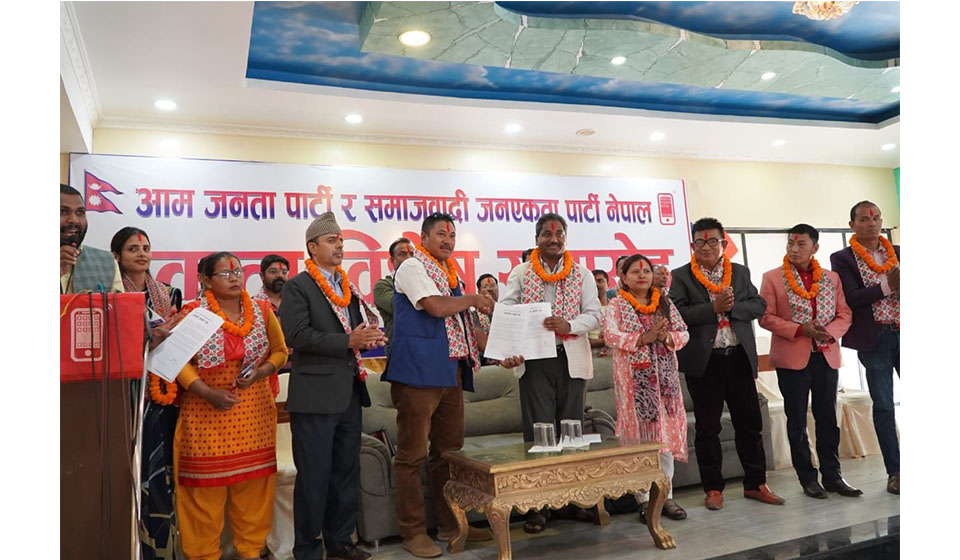

Just In
- Pesticide residue found in vegetables in Nepalgunj
- Aam Janata Party and Samajwadi Jana Ekata Party merge
- 1,600 participants confirmed for Nepal Investment Summit
- Ilam-2 by-elections held peacefully, vote count likely to start tonight
- NEA schedules five-day power cut across Kathmandu Valley for underground cable installation
- Hundreds of passengers including foreign tourists in distress as poor visibility halts flights to and from PRIA
- Nepal clinches thrilling victory over West Indies 'A' in T20 cricket match
- Capital Market Struggle Committee stages protest demanding protection of domestic investors (Photo Feature)









-1200x560-wm_20240427144118.jpg)
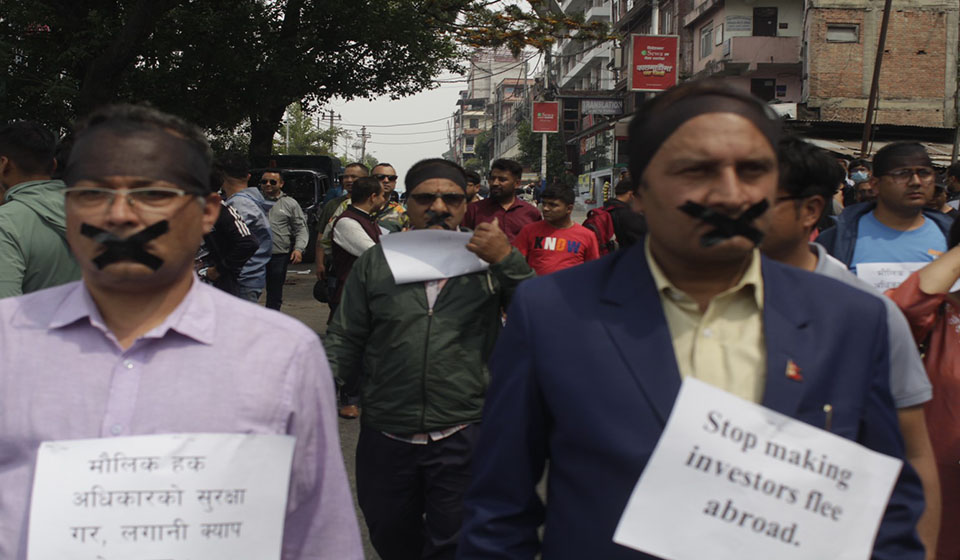
Leave A Comment